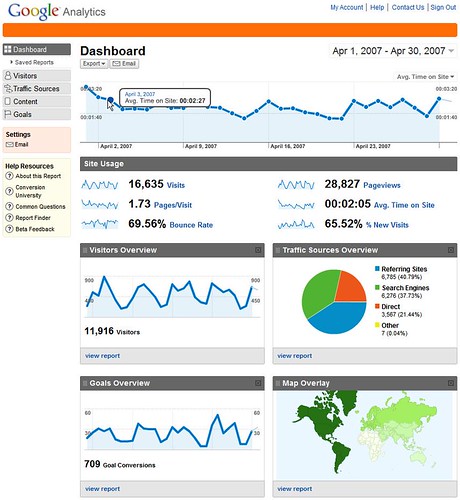The process leading up to a transaction online is possibly the most critical to a shopping cart’s success. If the buying process causes frustration, confusion or insecurity, the user is likely to abandon the shopping cart, never to return again.
The usability of a shopping cart refers to the efficiency with which a user can achieve their goals on a website. Many of the larger online shopping carts, like Play.com and Amazon.com, are continuously striving to make their buying process as fluent and as effortless as possible. Knowing you can buy a book or film in just 3 or 4 clicks encourages you to return to the same, reliable website.
Having read numerous articles and white papers dedicated to best practice shopping cart design and usability; below I have highlighted five potential design problems in shopping carts that I’m sure many users have encountered.
1. Shopping carts that ask a user to register before knowing if the product is available or not.
It could be quite irritating for a user if they have spent 10 minutes entering their credit card details, home address, telephone number etc etc. only to find out during the checkout process that the product they want to buy is out of stock.
Many shopping carts enable you to present users with live stock availability before the user places their product in the shopping cart.
2. Suggesting the user buys similar products before adding the main product to the shopping cart.
It’s often helpful when a website recommends additional products you may want or need after adding your main product to your shopping cart.
However, I think you’ll agree that it could be slightly confusing if these additional products were offered to you before even adding the main product to your shopping cart? You press “Add to Cart” and suddenly you’re offered batteries, or insoles or travel cases. Many users would be left feeling confused, wondering if their product had been added or not, or if they’d pressed the wrong button.
Best practice guidelines would indicate offering your user the extra products after the user has finished shopping and they’re entering the checkout process.
3. Shopping carts that ask a user to register before they have even added a product to their shopping cart.
Asking for a user’s personal information before they have even added a product to their shopping cart is not a good move.
Customer registration can offer some big advantages to you as a merchant including recovery for abandoned shopping carts, customer loyalty and email contact. However, many users may be browsing a number of websites, adding products to numerous shopping carts for the main purpose of comparing prices and features. If a user has to register personal details before using the shopping carts, a large percentage are likely to abandon the website.
4. Requiring a user to delete and add the same product to shopping carts just so they can change its colour, size or variation.
Editing a shopping cart should be as simple as possible and shouldn’t require the user to delete anything from the shopping cart.
If a product comes in different colours and different sizes don’t make them delete it from their shopping cart if they want it in a different variation. Users should be able to select from within their shopping carts the different options.
5. Websites that do not clearly show the user the contents of the shopping carts.
Have you ever been on a website and added the same product to your shopping cart 3 or 4 times because you’re not sure if it worked the first time?
Many users that can’t see the contents of their shopping cart in the same browser as the one they are shopping on can often feel confused about whether or not their item has been added successfully.
As a merchant it is understandable that you don’t want to take your user away from the page they are shopping on every time they add something to their shopping cart. Best practice guidelines therefore indicate displaying the contents of a users shopping cart in the same browser, in the right hand corner for example.
To summarise, the design of the entire shopping experience is of utmost importance. These 5 potential design problems highlighted are five of many common problems found on shopping carts.
Which one is most likely to make you abandon your shopping cart?
Tell us about additional usability problems you have encountered!
Which, out of those above, do you think is the most irritating and the most likely to cause shopping abandonment?
Viart Shop (http://www.viart.com/) offer scalable and flexible ecommerce shopping cart solutions. To evaluate the Viart shop, the company are currently providing a fully hosted 30-day trial of their PHP shopping carts.









